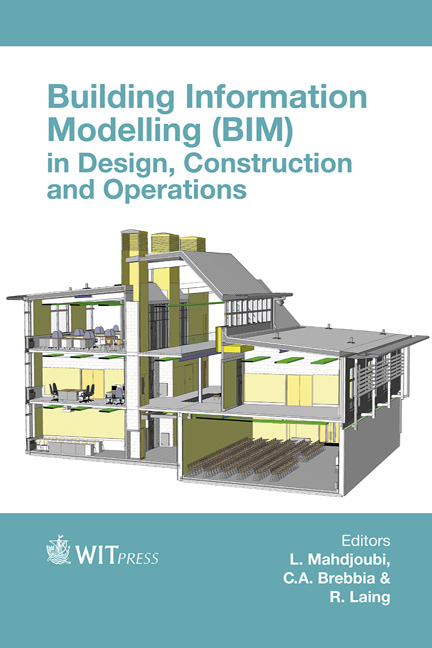Using BIM To Facilitate Iterative Design
Price
Free (open access)
Transaction
Volume
149
Pages
11
Page Range
9 - 19
Published
2015
Size
405 kb
Paper DOI
10.2495/BIM150021
Copyright
WIT Press
Author(s)
M. H. Sakikhales, S. Stravoravdis
Abstract
Architecture design practitioners typically generate and assess few design alternatives at the early stages of a project, before converging on a final design. Exploring design alternatives and understanding their impact on building energy performance leads to better performing building solutions. Therefore, any automatic process that gives the designer options to explore more alternatives and make decisions based on building performance would be of great benefit. If we look at the aerospace and automotive industries, they have developed multidisciplinary design optimization (MDO) methods, which are resulting in a significant reduction in the design cycle time and thus promoting more design iterations which then leads to improved product performance. MDO methods have been successfully applied in these industries, but their application to architecture practice has been comparatively modest. With the advent of BIM, however, it is now easier to facilitate the adoption of practices from other industries. This paper compares MDO processes in the Architecture, Aerospace and Automotive industries based upon data gathered on recent projects in each industry. It then reviews how iterative design and MDO process formalizes problem solving and coordination among groups working on the design of complex engineering systems. Finally, this paper investigates the feasibility of using BIM to facilitate an iterative design and MDO process which can result in the improvement in the number of design iterations of a building project.
Keywords
BIM, iterative design, early-stage design, multi-disciplinary optimization





